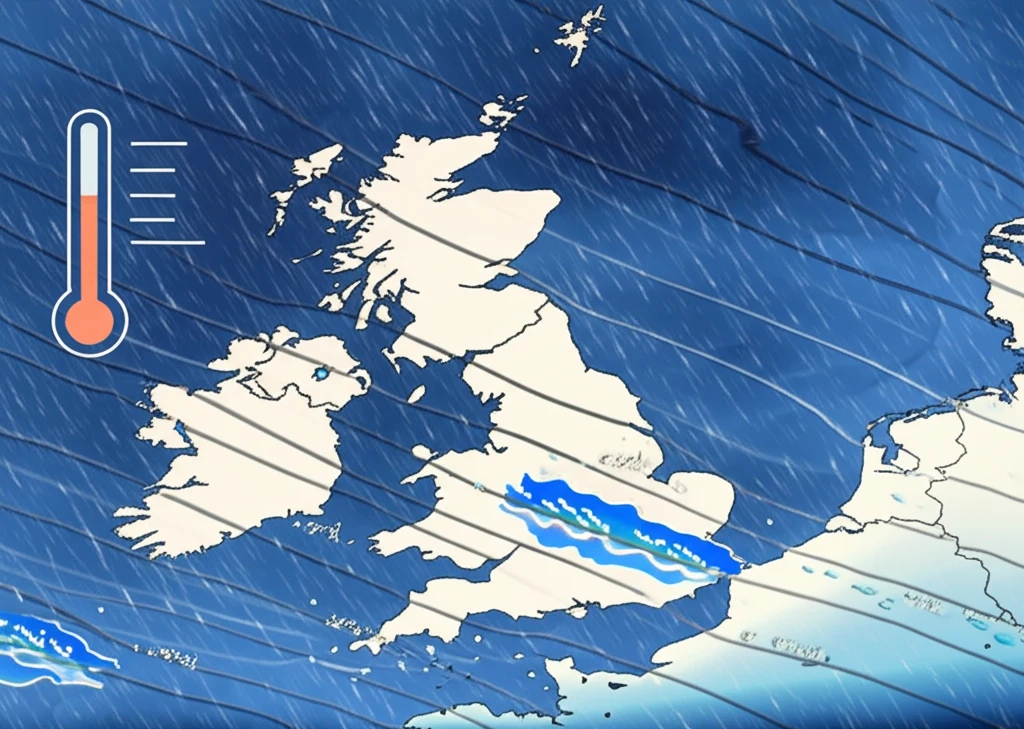
November 2017 Weather Log: Unpacking the Unsettled Trends in Britain
"A deep dive into the westerly winds, colder temperatures, and surprising dryness that defined November 2017's weather patterns across the UK."
November 2017 presented a distinct and somewhat unusual weather scenario for Britain, characterized by a strong dominance of westerly winds. While westerly winds are typically the norm, their unwavering presence throughout the month set the stage for a series of atypical conditions across the country.
The month's weather patterns brought a mixed bag of experiences depending on location. Northern regions, particularly Scotland, faced colder-than-average temperatures accompanied by more frequent snowfall. Meanwhile, much of England experienced surprisingly dry conditions, a stark contrast to the wetter norms.
This weather log aims to dissect these key features of November 2017, offering a detailed analysis of the prevailing wind patterns, temperature variations, rainfall distribution, and other notable meteorological events that shaped the month's climate.
Westerly Winds Dominate: A Month of Unwavering Airflow

For the sixth consecutive month, Britain's weather was governed by westerly winds, a phenomenon that, while typical, reached unusual extremes. Data reveals a striking infrequency of winds from the east or northeast, especially over southeastern Britain, where such winds occurred less than 1% of the time from August to November. The consistency of this westerly flow played a crucial role in dictating temperature and precipitation patterns across the country.
- Temperature Disparities: Mean temperatures in northern Scotland dipped around a degree below normal, leading to colder conditions and increased snowfall.
- Rain Shadow Effects: Despite overall dryness in England, some areas of eastern Scotland experienced marked rain-shadow effects, leading to localized variations in precipitation.
- Pressure Gradients: An enhanced west-northwesterly pressure gradient over northern Scotland contributed to frequent windy conditions, although severe gales remained largely absent.
Reflecting on November's Weather: A Glimpse into Climate Variability
The weather patterns of November 2017 serve as a reminder of the complexities inherent in Britain's climate and the far-reaching impacts of consistent wind patterns. From the chill of northern Scotland to the relative dryness of southern England, the month highlighted the intricate regional variations that can arise within a single climatic event. Understanding these nuances is crucial for anticipating future weather trends and preparing for their potential effects on various sectors, from agriculture to infrastructure.
